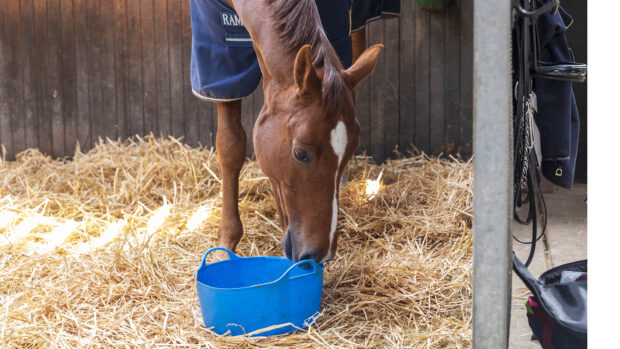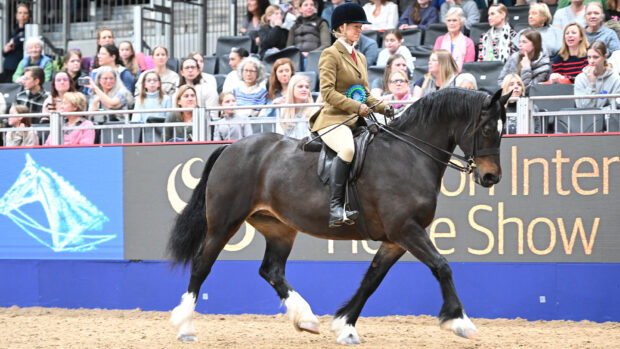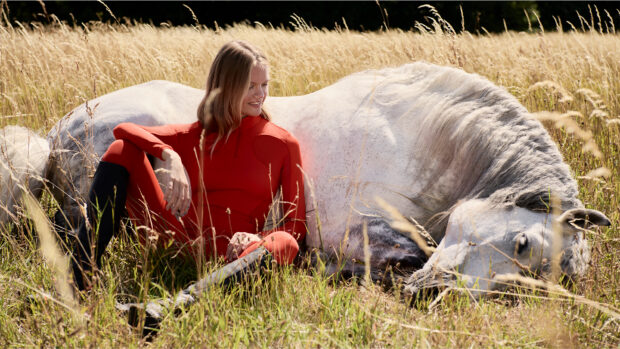Known as the “King of Terriers” due to its size and strength, the Airedale is the largest of all the terrier breeds. They have their roots in the Yorkshire Dales, where breed enthusiasts used to meet up to show their terriers at Airedale, hence the name. They have also been known as the waterside terrier, as they were used to keep rat populations down alongside waterways.
But the Airedale is not just a typical ratting terrier. They were also in demand during the World Wars, where they excelled as tracking dogs thanks to their excellent nose, being used by the Red Cross as vital links between the trenches, transporting medicines and food, delivering medicines and identifying casualties. Airedales were recruited from all over the country, with some owners even donating their beloved pets to the war effort. They were trained to wear gas masks and how to navigate the dangerous territory of the front line. Many, of course, did not survive.
Happily, their lives are now a lot more peaceful, however the Airedale remains a fantastic do-it-all terrier. They excel in all sorts of activities, as well as being a wonderful asset in the home.

Airedale Terrier: fact file
Kennel Club breed group: terrier
Size: medium
Daily exercise: an hour a day
Coat: medium, shedding.
Colours: black and gold or black and tan. Dark, relatively small, eyes.
Lifespan: more than 10 years.
Bark: typically very vocal.
Distinctive features: the largest of the terrier breeds, the Airedale has a dense, wiry coat which is crinkly or waved rather than curly. They have a high-set tail and a distinguished look with their earnest dark eyes and moustache.
Temperament: outgoing, bold and confident; alert and fearless but never aggressive – usually a friendly character.
History: thought to descend from the Otterhound, Irish and Bedlington Terriers, and probably the now extinct English Black and Tan Terrier. The Airedale was developed in the north of England during the 19th century, chiefly to hunt ducks and rats. They later served in the World Wars as messengers, sentries and tracking dogs, and they are versatile enough to excel at anything they turn their paw to.
Things to consider: like most terriers, Airedales tend to have high energy levels, so will need plenty of exercise and play. And after all that running round, they’ll want a nice, comfy dog bed to relax in. Their coats aren’t too tricky to tend, but weekly grooming with a dog brush is advisable.
Training: typically easy to train as they are naturally intelligent and bond closely with their humans, so they strive to be obedient. Due to their larger size and strength, they can’t get away with as much – such as jumping up, being generally boisterous personalities – as a smaller terrier, so basic obedience training is essential.

Complete Guide To Airedale Terriers
This book includes practical tips, tricks, and insights to help a new (or seasoned) Airedale Terrier owner.

Airedale Terrier Dog Training Vol I
First of three volumes that take you through everything you need to know from the moment your bring your Airedale puppy home.
You may also enjoy reading…

All about the dachshund

Who’s a clever dog? The 7 smartest dog breeds in the world

50 funny dog names to raise a smile without embarrassing your canine friend

What breed is my dog? (and why you need to know)

Is extinction likely for some British dog breeds? Here are the 35 listed as vulnerable

Subscribe to Horse & Hound magazine today – and enjoy unlimited website access all year round
Horse & Hound magazine, out every Thursday, is packed with all the latest news and reports, as well as interviews, specials, nostalgia, vet and training advice. Find how you can enjoy the magazine delivered to your door every week, plus options to upgrade your subscription to access our online service that brings you breaking news and reports as well as other benefits.




